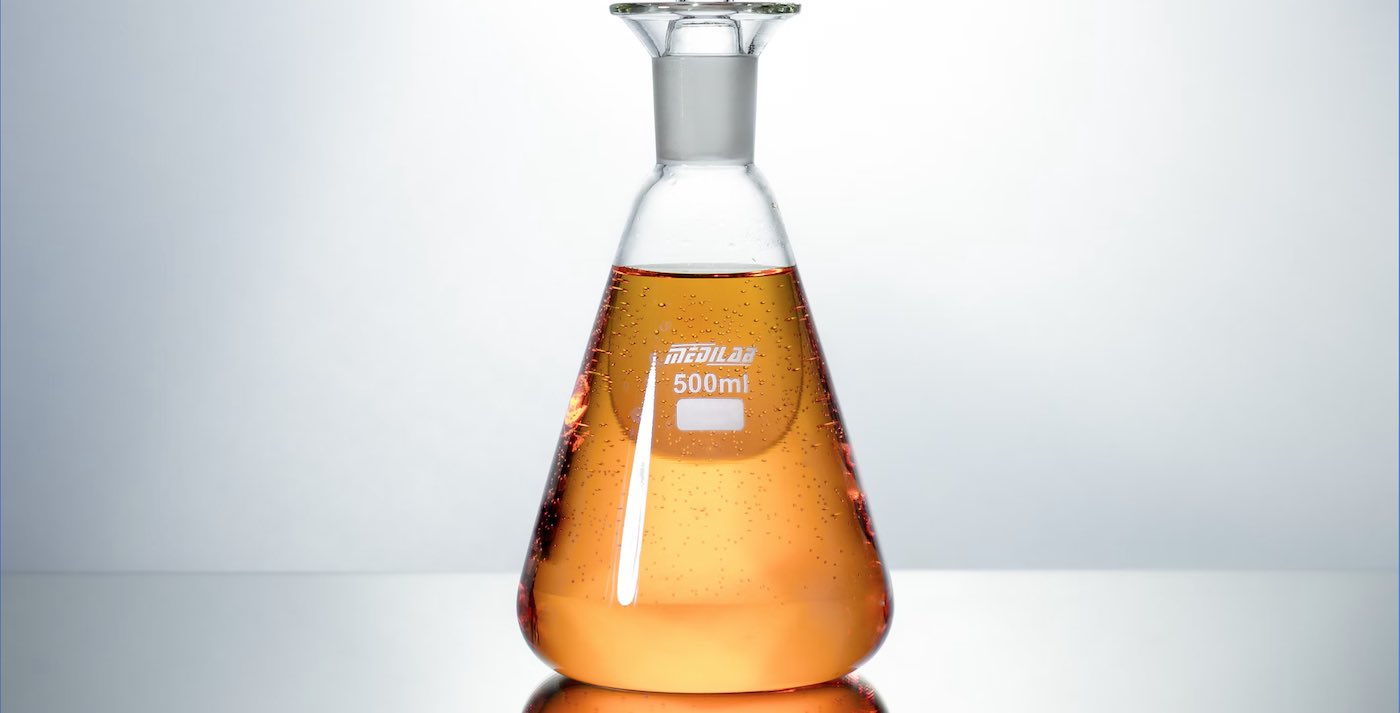FAS, a group of manufactured chemicals commonly used since the 1940s, are called ‘forever chemicals’ for a reason. Bacteria can’t eat them; fire can’t incinerate them; and water can’t dilute them. And, if these toxic chemicals are buried, they leach into surrounding soil.
Now, Northwestern University chemists have done the seemingly impossible. Using low temperatures and inexpensive, common substances, the research team developed a process that causes two major classes of PFAS compounds to fall apart—leaving behind only benign end products.
The simple technique potentially could be a powerful solution for finally disposing of these harmful chemicals, which are linked to dangerous health effects and may be common in your water supply.
“PFAS has become a major societal problem,” said Northwestern’s William Dichtel, who led the study. “We wanted to use chemistry to address this problem and create a solution that the world can use. It’s exciting because of how simple — yet unrecognized — our solution is.”
PFAS (per- and polyfluoroalkyl substances) have been in use for 70 years as nonstick and waterproofing agents. They are commonly found in nonstick cookware, waterproof cosmetics, firefighting foams, water-repellent fabrics, and products that resist grease and oil.
Over the years, however, PFAS have seeped into the drinking water supplies. Although the health effects are not yet fully understood, PFAS exposure is associated with many adverse health effects—and the U.S. Environmental Protection Agency recently declared several PFAS as unsafe even at trace levels.
Unbreakable bonds
Although community efforts to filter PFAS from water have been successful, there are few solutions for how to dispose of PFAS once it is removed. The few options that have emerged generally involved its destruction at high temperatures and pressures or other methods that require large energy inputs.
RELATED: Texas Scientists Have Created a Protein That Breaks Down Plastic Bottles
The secret to PFAS’s indestructibility lies in its chemical bonds. PFAS contains many carbon-fluorine bonds, which are the strongest bonds in organic chemistry. As the most electronegative element in the periodic table, fluorine wants electrons — and badly. Carbon, on the other hand, is more willing to give up its electrons.
Pinpointing the Achilles’ heel
But, while studying the compounds, Dichtel’s team found a weakness. PFAS contains a long tail of unyielding carbon-fluorine bonds. But at one end of the molecule, there is a charged group that often contains charged oxygen atoms, according to Brittany Trang, who worked in Dichtel’s laboratory conducting the project for her doctoral thesis, and is the paper’s co-first author.
They targeted this group by heating the PFAS in dimethyl sulfoxide and sodium hydroxide, a common household chemical used to make products like soap or painkillers.
The process decapitated the head group, breaking the bond and leaving behind the rest, showing that the researchers had indeed found an “Achilles’ heel.”
POPULAR: Quarter-Million Pounds of Plastic Cleared From Great Pacific Garbage Patch in Dutch Milestone
In previous attempts to destroy PFAS, other researchers have used high temperatures — up to 400 degrees Celsius. Dichtel is excited that the new technique relies on milder conditions and a simple, inexpensive ingredient, making the solution potentially more practical for widespread use.
After discovering the PFAS degradation conditions, Dichtel and Trang also discovered that the fluorinated pollutants fall apart in a more complex process than generally assumed—not one carbon at a time, but actually two or three carbons at a time. By understanding these pathways, researchers can confirm that only benign products remain.
CHECK OUT: New Enzyme Discovery is Another Leap Towards Dissolving Plastic Waste With ‘Amazing Efficiency’
“This proved to be a very complex set of calculations that challenged the most modern quantum mechanical methods and fastest computers available to us,” said collaborator Ken Houk, a research professor in organic chemistry at UCLA.
The U.S. has identified more than 12,000 different PFAS compounds. Although this might seem daunting, Dichtel remains hopeful (and his team is supported by the National Science Foundation).
“Our work addressed one of the largest classes of PFAS, including many we are most concerned about,” said Dichtel. “There are other classes that don’t have the same Achilles’ heel, but each one will have its own weakness. If we can identify it, then we know how to activate it to destroy it.”
BREAK the Bonds of Hopelessness By Sharing This on Social Media…
Credit: Source link



